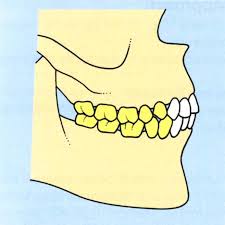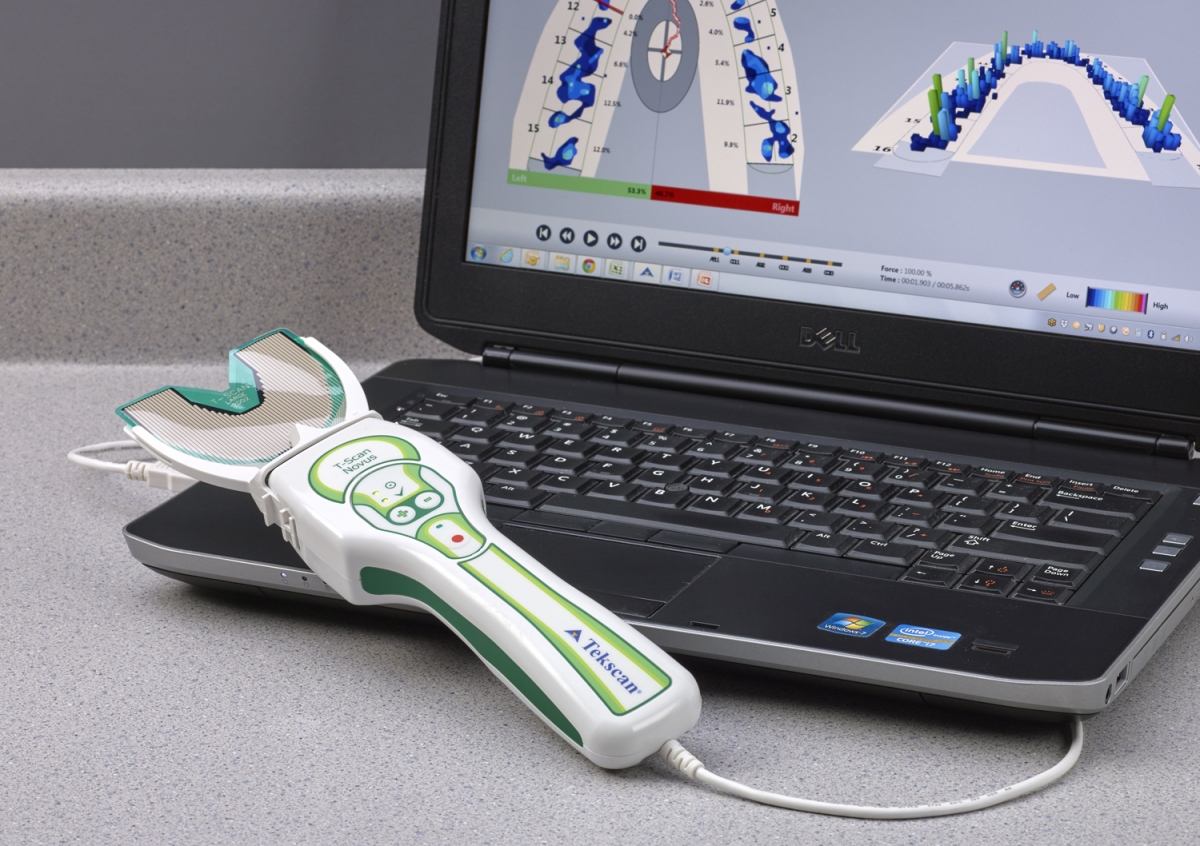Gnaw on This – Occlusion’s Impact on the Modern-Day Chewer
 Chewing is a simple act in itself, but take a closer look at the muscle activity used to perform this task and things can get a bit choppy. In a three-part blog series, Dr. Lauri Vaahtoniemi explores the different muscle groups involved in chewing, how individuals develop unique chewing patterns, and why insight into a patient’s occlusion is essential when it comes to treating ailing joints and muscles.
Chewing is a simple act in itself, but take a closer look at the muscle activity used to perform this task and things can get a bit choppy. In a three-part blog series, Dr. Lauri Vaahtoniemi explores the different muscle groups involved in chewing, how individuals develop unique chewing patterns, and why insight into a patient’s occlusion is essential when it comes to treating ailing joints and muscles.
In Part I, Dr. Vaahtoniemi notes that the ability to chew is a social skill best created around the dinner table. Throughout this skill-honing process, individuals develop unique chewing habits—some exhibit broad lateral excursions of the mandible, while others take care to only move the mandible up and down. Dr. Vaahtoniemi theorizes that these different chewing patterns are a direct result of variances in patients’ occlusions and dental-arch anatomies.
This article lays the groundwork for Parts 2 & 3 by suggesting the anatomical set-up of teeth on dental arches determines and guides the activity of the agonist and antagonist muscles of mastication.
Moving along into Part II, Dr. Vaahtoniemi touches on the fact that most professionals would recommend physical exercise when treating patients with problems related to joint and muscle function. However, when it comes to the jaw, you’d be hard pressed to find a dentist who would suggest chewing as a way to mitigate joint/muscle aggravation. While the general physical activity itself isn’t harmful, chewing can become uncomfortable for certain individuals, given their occlusal and muscular circumstances.
Occlusal interferences of the dentition can disturb the smooth and effortless action of the jaw muscles—Dr. Vaahtoniemi compares these occlusal discrepancies to a pebble that gets caught in your shoe.
“Instead of instructing our patients to stop chewing, it is a much better idea to take away the interferences of dentition,” advises Dr. Vaahtoniemi.
You must remove the pebble from the shoe. Of course, finding the pebble—or interference—in the dentition can be a challenge for many dentists. In Part III, Dr. Vaahtoniemi explains how he examines patients’ lateral excursions to identify posterior tooth contacts that interfere with the smooth mediotrusive glide of the mandible in their chewing movements.
 With the help of T-Scan™, a digital occlusion analysis system, Dr. Vaahtoniemi collects objective data on the force, timing, and location of contacts. This information ultimately helps him paint a picture of what really happens during the final milliseconds of the chewing cycle. From here, he can find a true home for patients’ occlusion, by eliminating detrimental bite forces and imbalances.
With the help of T-Scan™, a digital occlusion analysis system, Dr. Vaahtoniemi collects objective data on the force, timing, and location of contacts. This information ultimately helps him paint a picture of what really happens during the final milliseconds of the chewing cycle. From here, he can find a true home for patients’ occlusion, by eliminating detrimental bite forces and imbalances.
It is up to the dentist to determine whether or not a patient’s occlusion negatively impacts chewing habits. Therefore, driving these decisions with objective occlusal data is essential. To enhance outcomes and produce more cheerful chewers, identify and address occlusal problems in your operatory with T-Scan.
If you’d like to learn more about a minimally invasive way to diagnose and treat patients experiencing signs and symptoms of TMD through occlusion management, join Drs. Ben Sutter and Robert Kerstein in February 2018 for the Disclusion Time Reduction (DTR) Summit in the Netherlands. REGISTER HERE!
